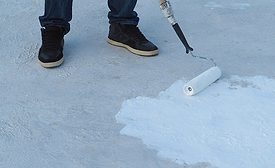Home » Emulsions
Articles Tagged with ''Emulsions''
Integrating Reactive Surfactants to Improve Water Resistance in Coatings
Reactive or Proactive?
Read More
Improving Water Resistance of Water-Based Coatings Using Reactive Surfactants, Part 2
Reactions, Test Protocols, and Surfactant Properties
Read More
Keep the info flowing with our eNewsletters!
Get the latest industry updates tailored your way.
JOIN TODAY!Copyright ©2025. All Rights Reserved BNP Media.
Design, CMS, Hosting & Web Development :: ePublishing




